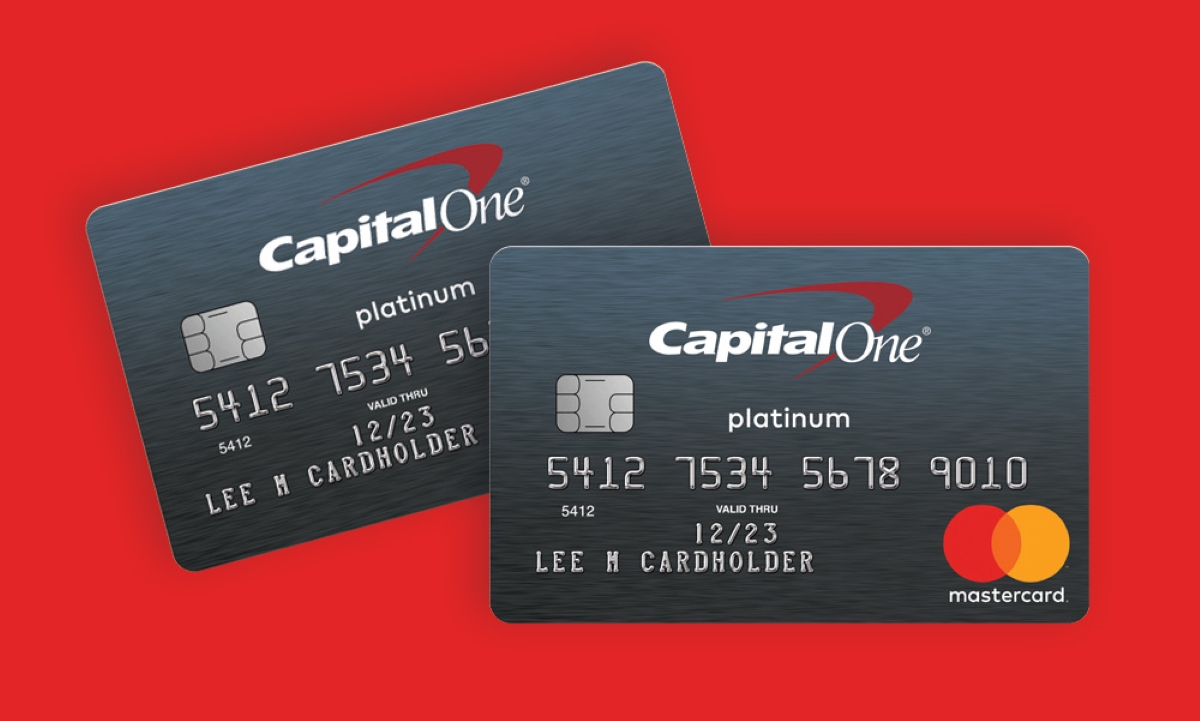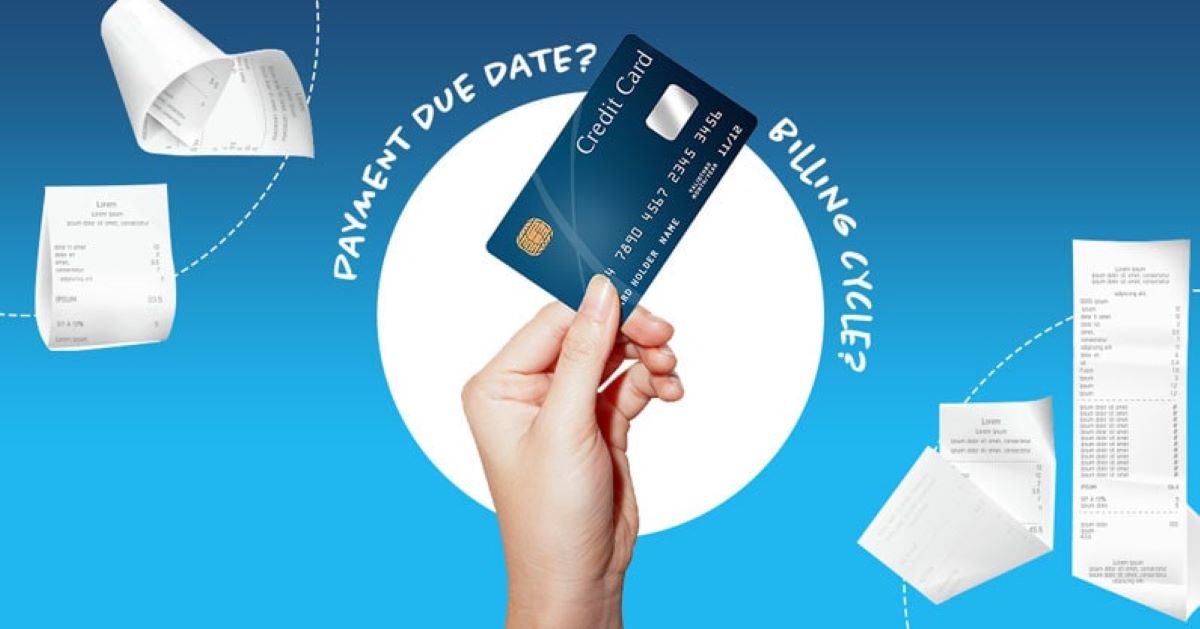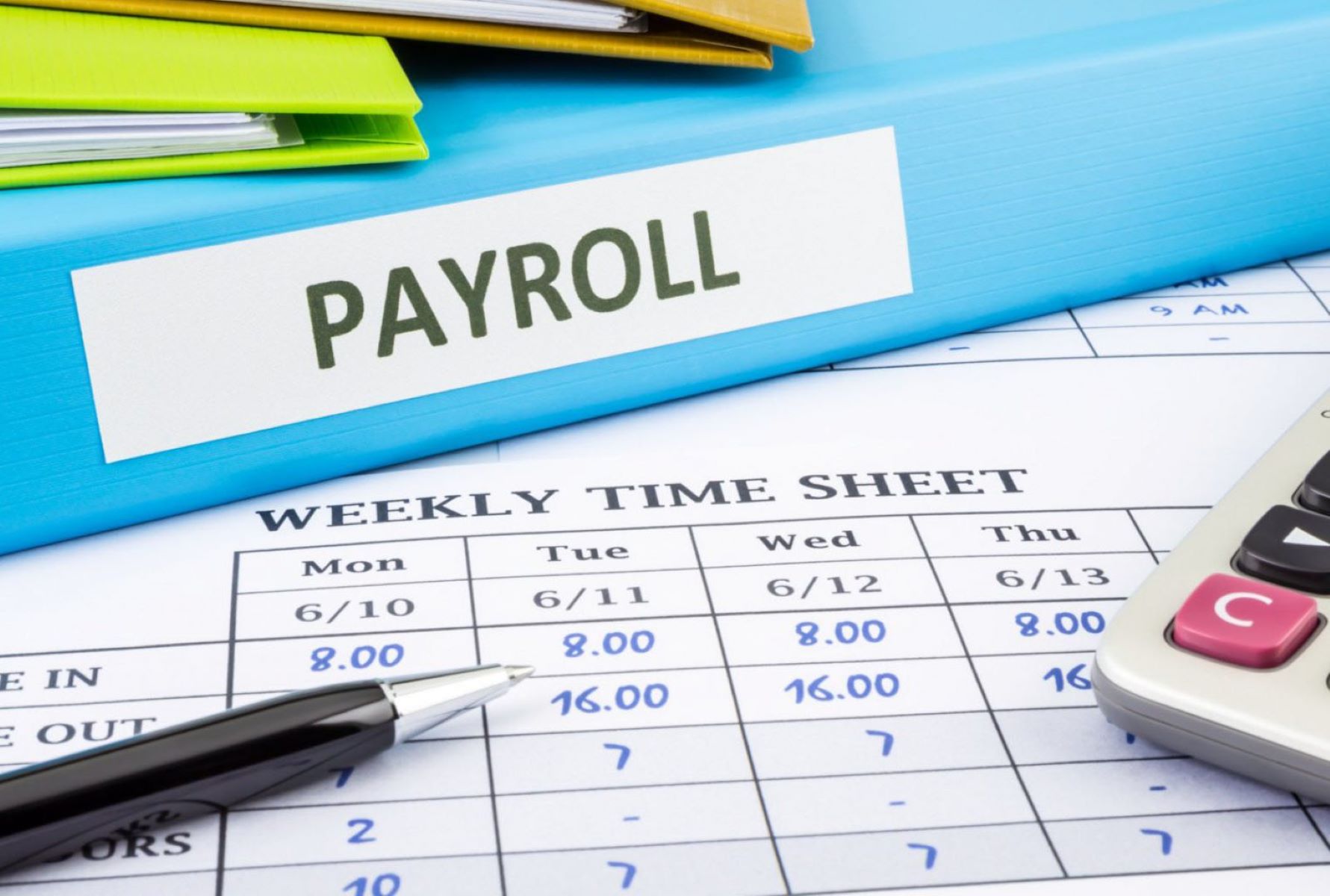Home>Finance>How To Calculate The Minimum Payment On A Capital One Credit Card


Finance
How To Calculate The Minimum Payment On A Capital One Credit Card
Modified: March 1, 2024
Learn how to calculate the minimum payment on a Capital One credit card to manage your finances effectively. Understand the process and take control of your credit card payments.
(Many of the links in this article redirect to a specific reviewed product. Your purchase of these products through affiliate links helps to generate commission for LiveWell, at no extra cost. Learn more)
Table of Contents
**
Introduction
**
Credit cards provide a convenient way to make purchases, access funds, and build credit. However, it's crucial to understand the financial responsibilities that come with using credit cards, including the concept of minimum payments. In this article, we will delve into the process of calculating the minimum payment on a Capital One credit card, shedding light on the factors that influence this figure and offering practical tips for managing minimum payments effectively.
Understanding how minimum payments are determined is essential for responsible financial management. By gaining insight into this process, cardholders can make informed decisions about their credit card usage, avoid unnecessary fees, and maintain a healthy financial standing.
This article aims to demystify the calculation of minimum payments on Capital One credit cards, empowering readers to navigate their credit card obligations with confidence and clarity. Whether you're a new credit card user seeking foundational knowledge or a seasoned cardholder looking to refine your financial strategies, this guide will equip you with the essential information needed to comprehend and manage minimum payments effectively.
**
Understanding the Minimum Payment
**
When it comes to credit card usage, the minimum payment is the smallest amount a cardholder can pay on their credit card balance each month without incurring penalties. It is important to note that making only the minimum payment can result in accruing interest on the remaining balance, potentially leading to long-term debt and financial strain.
The minimum payment is typically calculated as a percentage of the total balance, often with a minimum dollar amount. For Capital One credit cards, the minimum payment is usually calculated as a percentage of the total balance, with a minimum of $25 or 1% of the balance plus interest and fees, whichever is greater. It’s essential for cardholders to review their specific credit card agreement to understand the exact calculation method for their minimum payments.
By understanding the minimum payment requirements, cardholders can make informed decisions about their monthly payments and develop effective strategies for managing their credit card balances. While paying the minimum amount is a way to avoid late fees and maintain a positive payment history, it’s crucial to strive for more than the minimum to reduce overall interest costs and pay off the balance efficiently.
Moreover, comprehending the minimum payment structure empowers cardholders to assess their financial capabilities and make responsible decisions regarding their credit card usage. It serves as a fundamental component of financial literacy, enabling individuals to navigate their credit obligations with prudence and foresight.
**
Factors Affecting Minimum Payment
**
The calculation of minimum payments on Capital One credit cards is influenced by several key factors, each of which plays a significant role in determining the required monthly payment. Understanding these factors is essential for cardholders seeking to manage their credit card obligations effectively.
1. Total Balance: The total outstanding balance on the credit card directly impacts the minimum payment amount. Generally, the minimum payment is calculated as a percentage of the total balance, with a minimum dollar amount specified in the cardholder agreement.
2. Interest Rate: The annual percentage rate (APR) on the credit card affects the amount of interest accrued on the outstanding balance. A higher APR leads to increased interest charges, which in turn influences the minimum payment amount.
3. Fees and Charges: Additional fees, such as late payment fees or over-limit fees, can contribute to the total balance and impact the minimum payment calculation. It is important for cardholders to be aware of any fees incurred and consider their implications on the minimum payment.
4. Credit Utilization: The utilization of available credit, expressed as a percentage, also affects the minimum payment. Higher credit utilization ratios can lead to higher minimum payment requirements, as they indicate a greater reliance on credit.
5. Payment History: Cardholders’ payment history, including the timeliness of previous payments, can impact the minimum payment calculation. A positive payment history may result in lower minimum payment requirements, while a history of late or missed payments can lead to increased minimum payments and higher interest charges.
By recognizing these factors, cardholders can gain insight into the elements that shape their minimum payment obligations. This understanding allows for proactive financial planning and informed decision-making, enabling individuals to navigate their credit card responsibilities with prudence and foresight.
**
Steps to Calculate Minimum Payment
**
Calculating the minimum payment on a Capital One credit card involves a straightforward process that considers the card’s specific terms and the outstanding balance. By following these steps, cardholders can determine the minimum payment amount accurately:
1. Review the Credit Card Agreement: Start by reviewing the terms and conditions of the Capital One credit card. The agreement outlines the minimum payment calculation method, including the percentage of the total balance and any minimum dollar amount specified by the issuer.
2. Identify the Total Balance: Determine the total outstanding balance on the credit card. This includes the principal amount, accrued interest, and any applicable fees or charges that contribute to the overall balance.
3. Calculate the Percentage: If the minimum payment is based on a percentage of the total balance, multiply the percentage specified in the credit card agreement by the total balance. For example, if the minimum payment is 3% of the total balance, the calculation would be: Minimum Payment = Total Balance x 3%.
4. Consider the Minimum Dollar Amount: If the credit card agreement specifies a minimum dollar amount for the minimum payment, compare the calculated percentage-based minimum payment with the minimum dollar amount. The cardholder is required to pay the higher of the two amounts as the minimum payment.
5. Account for Interest and Fees: Factor in any accrued interest and applicable fees when determining the total minimum payment. This ensures that the minimum payment covers both the principal balance and any additional charges to avoid further interest accrual and penalties.
By following these steps, cardholders can accurately calculate the minimum payment required for their Capital One credit card, enabling them to fulfill their financial obligations in a timely and informed manner. Understanding the calculation process empowers individuals to make strategic decisions regarding their credit card payments and overall financial management.
**
Example Calculation
**
Let’s consider an example to illustrate the calculation of the minimum payment on a Capital One credit card. Suppose a cardholder has a total outstanding balance of $2,500, and the credit card agreement stipulates a minimum payment of 2% of the total balance or $30, whichever is greater. Additionally, the card carries an annual percentage rate (APR) of 18%.
1. Calculate the Percentage-Based Minimum Payment: If the minimum payment is based on a percentage of the total balance, the calculation would be: Minimum Payment = Total Balance x 2% = $2,500 x 2% = $50.
2. Compare with the Minimum Dollar Amount: Since the credit card agreement specifies a minimum payment of 2% of the total balance or $30, the cardholder must compare the calculated percentage-based minimum payment with the minimum dollar amount. In this scenario, the calculated minimum payment of $50 exceeds the minimum dollar amount of $30.
3. Consider Interest and Fees: It’s crucial to account for any accrued interest and applicable fees when determining the total minimum payment. With an APR of 18%, the cardholder should factor in the interest to ensure the minimum payment covers both the principal balance and any additional charges.
In this example, the cardholder’s minimum payment for the month would be $50, as it exceeds the minimum dollar amount specified in the credit card agreement. By understanding this example calculation, cardholders can gain clarity on the minimum payment process and apply this knowledge to manage their credit card obligations effectively.
**
Tips for Managing Minimum Payments
**
Effectively managing minimum payments on Capital One credit cards is essential for maintaining financial stability and minimizing long-term debt. Consider the following tips to navigate minimum payments with prudence and foresight:
1. Pay More Than the Minimum: While the minimum payment fulfills the basic requirement, striving to pay more than the minimum can help reduce overall interest costs and accelerate the payoff of the credit card balance. Even modest additional payments can make a significant difference over time.
2. Understand the Terms and Conditions: Familiarize yourself with the specific terms and conditions of your Capital One credit card, particularly the minimum payment calculation method and any associated fees. This knowledge empowers you to make informed decisions and avoid unnecessary penalties.
3. Monitor Your Credit Utilization: Keeping track of your credit utilization ratio is crucial, as it directly impacts the minimum payment requirement. Aim to keep your credit utilization below 30% to maintain a favorable payment obligation and demonstrate responsible credit usage.
4. Prioritize High-Interest Balances: If you carry multiple credit card balances, prioritize paying off the higher interest balances first. By allocating additional funds to these balances, you can reduce overall interest costs and expedite the path to debt freedom.
5. Set Up Automatic Payments: Consider setting up automatic payments for at least the minimum amount due each month. This helps ensure timely payments and reduces the risk of missed or late payments, which can lead to penalties and increased interest charges.
6. Seek Financial Assistance if Needed: If you encounter financial challenges that affect your ability to meet minimum payments, reach out to your credit card issuer for potential solutions. They may offer hardship programs or alternative payment arrangements to support you during difficult times.
By incorporating these tips into your financial management practices, you can navigate minimum payments on your Capital One credit card with confidence and strategic foresight. Proactive management of minimum payments contributes to a healthy credit profile and fosters responsible financial habits.
**
Conclusion
**
Understanding how to calculate the minimum payment on a Capital One credit card is a fundamental aspect of responsible financial management. By grasping the factors that influence minimum payments and the steps involved in their calculation, cardholders can navigate their credit card obligations with clarity and prudence.
It is crucial for individuals to recognize that while making the minimum payment fulfills the basic requirement, it can result in accruing interest on the remaining balance, potentially leading to long-term debt. Therefore, striving to pay more than the minimum and managing credit card balances judiciously is paramount for financial well-being.
By prioritizing financial literacy and proactive management of minimum payments, cardholders can maintain a positive payment history, minimize interest costs, and work towards achieving a debt-free status. Additionally, leveraging practical tips for managing minimum payments empowers individuals to make informed decisions and cultivate responsible credit habits.
Ultimately, a comprehensive understanding of minimum payments equips cardholders with the knowledge and tools needed to navigate their credit card responsibilities effectively. By staying informed, proactive, and strategic in managing minimum payments, individuals can achieve financial stability and work towards their long-term financial goals.
As you continue your financial journey, remember that responsible credit card usage, including the management of minimum payments, contributes to a healthy credit profile and fosters a sound financial foundation. By applying the insights and strategies outlined in this guide, you can confidently navigate your Capital One credit card obligations and embark on a path towards financial empowerment and security.














